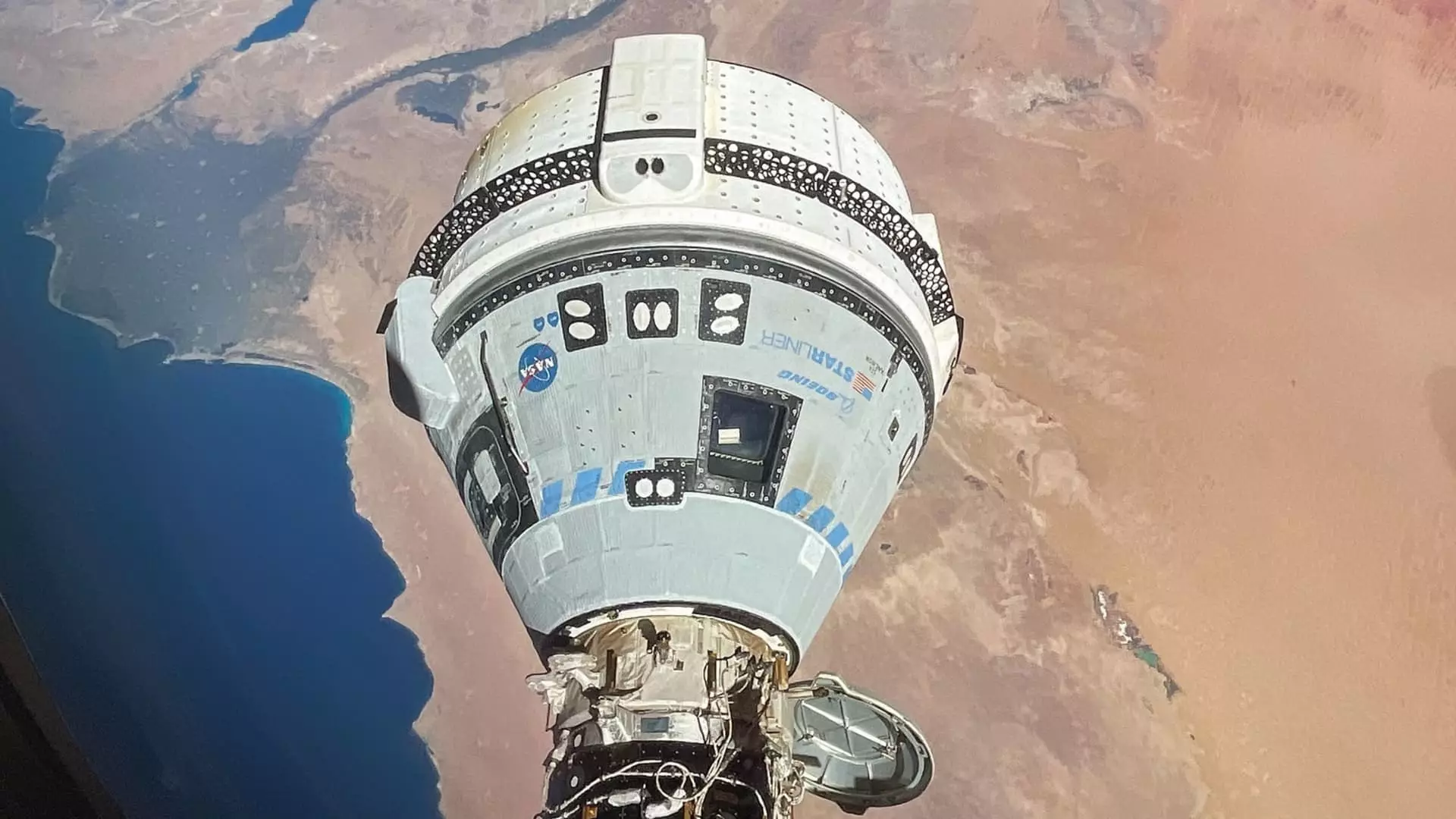NASA and Boeing recently announced the further extension of the first Starliner crewed flight, with the capsule named “Calypso” remaining at the International Space Station into next month. This decision comes as the organizations are conducting new testing back on the ground to gather more data about the spacecraft’s performance. The crewed flight test, which represents the first time Starliner is carrying people, includes NASA astronauts Butch Wilmore and Suni Williams. While the mission was initially planned for nine days, it has now tallied 24 days and counting.
One of the primary reasons for the delay in the return of Starliner to Earth is the thorough testing of the spacecraft’s thruster technology. The team is initiating a test campaign of the thruster system at White Sands, New Mexico, to replicate the in-flight conditions as accurately as possible on the ground. NASA’s Commercial Crew manager, Steve Stich, mentioned that the testing could take a couple of weeks before a decision is made regarding the return of the spacecraft.
Starliner, once considered a competitive alternative to SpaceX’s Dragon, is facing setbacks and delays that have pushed it into a backup position for NASA’s missions. Despite assurances from NASA and Boeing about the safety of the spacecraft, the testing and extended stay at the ISS indicate challenges faced by the Starliner team during the mission. The intention to have both SpaceX and Boeing fly astronauts on alternating flights underscores the need for reliability and consistency in crewed missions to the ISS.
Despite the delays and unexpected issues during the mission, officials from NASA and Boeing have repeatedly emphasized the safety of the Calypso spacecraft. The decision to prolong the stay at the ISS is based on the choice to study Starliner more during an experimental mission rather than to address a critical problem. The spacecraft is designed for missions lasting up to 210 days, highlighting the confidence that agency and company representatives have in the spacecraft’s capabilities.
The delay in the return of the Starliner crewed flight represents a strategic decision by NASA and Boeing to ensure the safety and performance of the spacecraft. The thorough testing of the thruster system and the extended stay at the ISS demonstrate a commitment to gathering as much data as possible before bringing the crew back to Earth. While the setbacks have positioned Starliner as a backup option for crewed missions, the focus on safety and confidence in the spacecraft’s design remains paramount throughout this mission.

